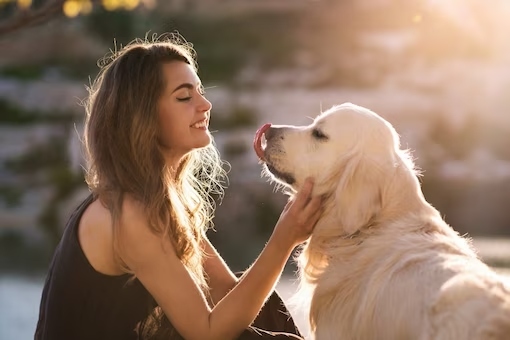Dogs are known for their loyalty and never-ending energy. While dogs are known for their playful nature, anxiety can affect them just like it does humans. As a responsible dog owner, it’s important to understand the root causes of your dog’s anxiety and how to help them cope with it. In this article, we will delve into 5 techniques that can help soothe your dog’s anxiety, ensuring that they are able to enjoy their life to the fullest.
- Physical Contact
Comforting physical contact such as petting, hugging or holding can greatly reduce an anxious dog’s stress levels. Approach them slowly, understand their symptoms and speak to them in a soothing tone. The right physical contact can help your furry friend manage their anxiety. - Exercise
Regular exercise is vital for your dog’s physical and mental well-being. It releases pent-up energy, reduces stress and uplifts their mood. As pet parents can’t always be with their dogs, exercising them and tiring them out when possible is ideal. This helps with weight management, relieves stress and strengthens the bond between pet and parent. - Music Therapy
Music therapy is a powerful way to reduce anxiety in dogs. Calming melodies with a slow tempo can help your furry friend relax and decrease stress. Over time, your dog will associate the music with a sense of calmness, making it an effective tool to manage their anxiety. - Behavioural Training
Behavioural training can equip your dog with coping mechanisms for their anxiety triggers. Positive reinforcement techniques can redirect their focus and reduce anxiety. Before leaving, engage your furry friend with treats and chew toys to help relieve their anxiety. With consistent training, your dog can learn to manage their anxiety triggers and improve their quality of life. - Training
Training your dog with basic commands and obedience training can bring structure and consistency to their daily routine, reducing anxiety. It can also boost their confidence and enhance their behaviour. A well-trained dog is a happier and healthier dog.
Some common signs of anxiety in dogs include growling, barking, shivering, tail tucking, digging, vomiting, and avoiding eye contact, among others. By learning how to manage your dog’s anxiety, you can create a happier and healthier life for your furry friend.


